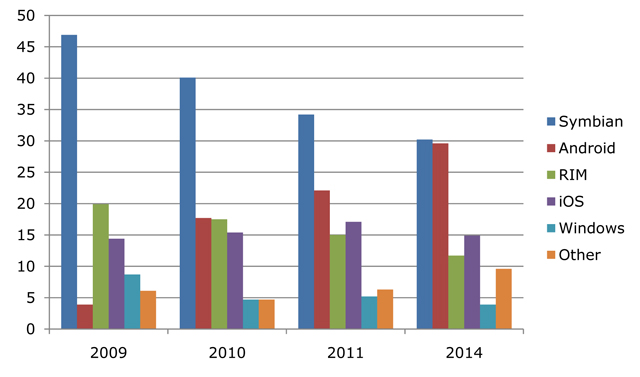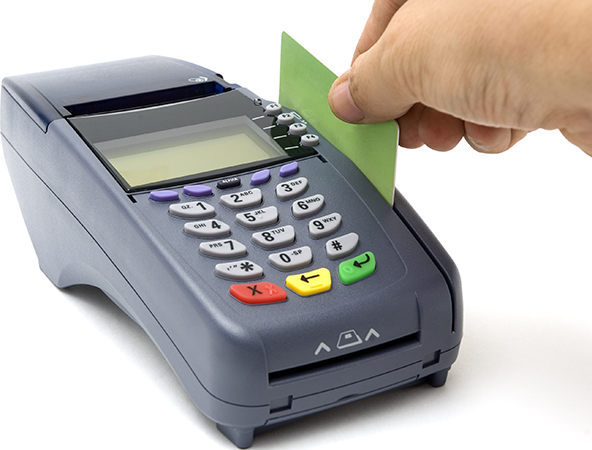Google to Launch a Mobile Payment and Advertising System

Google is working on a mobile payments system that would allow users to pay for their purchases simply by waving their phones by the checkout register, we learn from a BusinessWeek report. The search giant’s mobile project will also expand on businesses’ advertising capabilities.
Google’s m-payment platform will be based on near-field communication (NFC) technology, something we’ve known for some time now, at least since CEO Eric Schmidt (pictured) demonstrated its company’s Android OS’s latest version — the Gingerbread — a month and a half ago. During the demonstration Schmidt said that Gingerbread-powered devices “could replace your credit card,” although he conceded that the process could take several years to unfold.
NFC is a short-range high frequency wireless communication technology, which enables the exchange of data between devices over a distance about 4 inches. An NFC-enabled device can communicate with both smart cards and readers, as well as with other NFC devices.
Google, as always, is interested in the advertising potential of the m-payment market, of which it already owns more than a half. The search giant controlled 59 percent of the $877 million U.S. mobile advertising market at the end of 2010, according to an estimate by research firm IDC.
Google is far from alone in its embrace of the NFC technology. Earlier this week, three huge mobile carriers — AT&T, T-Mobile and Verizon — joined forces with a payment processor — Discover — and a large British bank — Barclays — to launch a new mobile commerce network.
Earlier this year Starbucks launched and later expanded its own NFC-based mobile payments program, while the New York Metropolitan Transportation Authority (MTA) brought together rivals Visa and MasterCard to enable commuters to pay for their with a wave of their phones.
The next iPhone is also reported to be NFC-compatible, as evidenced by the filing of several NFC-related patents by Apple. Steve Jobs and company may also be planning to turn the iPhone 5 into an Apple-backed debit card by providing users with “stored value” through the iTunes store.
Yet, even though it is still early in the game, Google does have the lead to its competitors. The only smart phone currently to boast NFC capabilities in the U.S. — the Google Nexus S, built by South Korea’s Samsung, is powered by Gingerbread and can be used for making mobile payments.

Moreover, Google is set to increase its lead, as it gobbles up an increasingly larger share of the smart phone market (see histogram above). At the end of 2010, Android owned 17.7 percent of the market, up from just 3.9 percent a year ago, according to Gartner, an information technology research and advisory firm. Nokia’s Symbian led the field with a market share of 40.1 percent. However, by 2014 the two will be almost even, and Google’s mobile OS will take over the lead in as early as 2015.
The success of NFC-based mobile payments will ultimately be determined by the willingness of retailers to adopt the technology and to install NFC readers at their checkouts. The big challenge here will be convincing merchants that using NFC for exchange of sensitive payment data is safe. According to Schmidt, Visa and MasterCard are promoting the technology, because they believe it will reduce losses from credit card fraud. That may or may not be so, but Google is surely well positioned to play the leading role in what IE Market Research, a consulting firm, projects could be a $1.13 trillion market.
Image credit: Andro4all.com.



One Comment